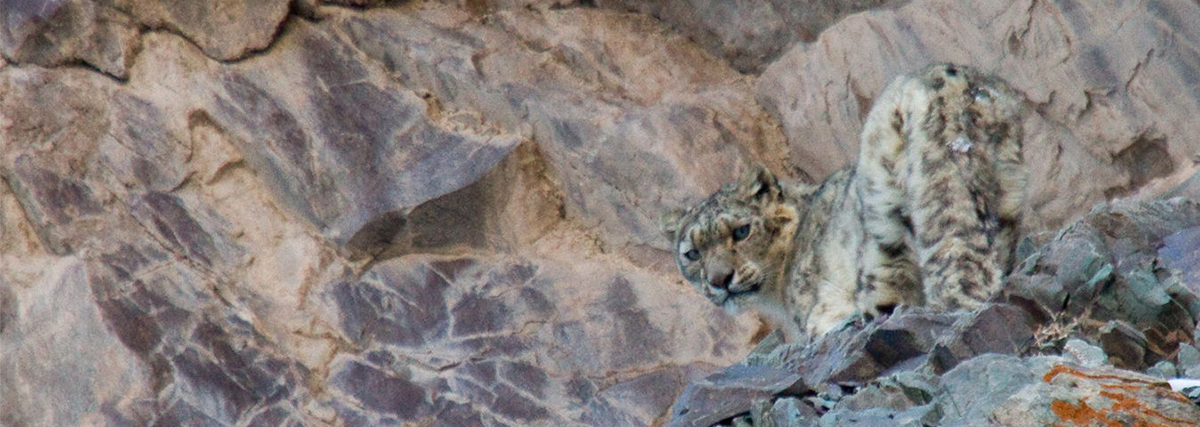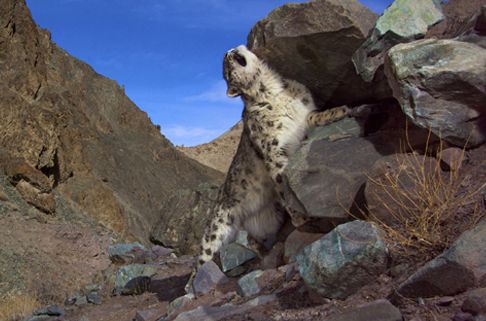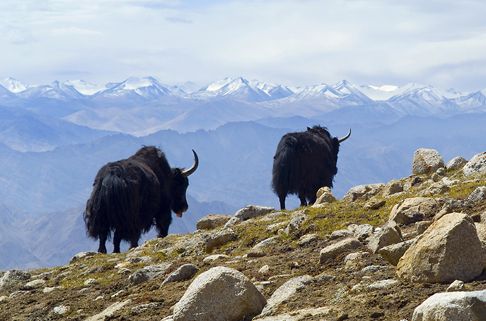
The snow leopard cannot survive without adequate natural habitat that provides it with food, water, shelter and mates. Given that it is a large carnivore, it needs vast areas to acquire its resources. We rely on modern technologies such as remote sensing and geographical information systems (GIS) to determine snow leopard habitat and its quality. We use high-resolution maps to estimate the suitable habitat available for snow leopards across Ladakh and other parts of the Himalayas. We use habitat variables such as terrain ruggedness, prey density and climatic factors to model the snow leopards’ habitat. Once we determine the potential habitat, we visit on the ground to physically determine the realized or actual habitat. While in the field, we also take stock of various threats to assess the habitat quality.


